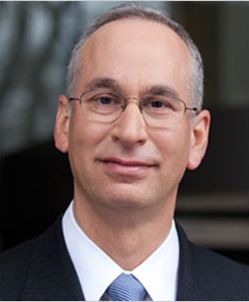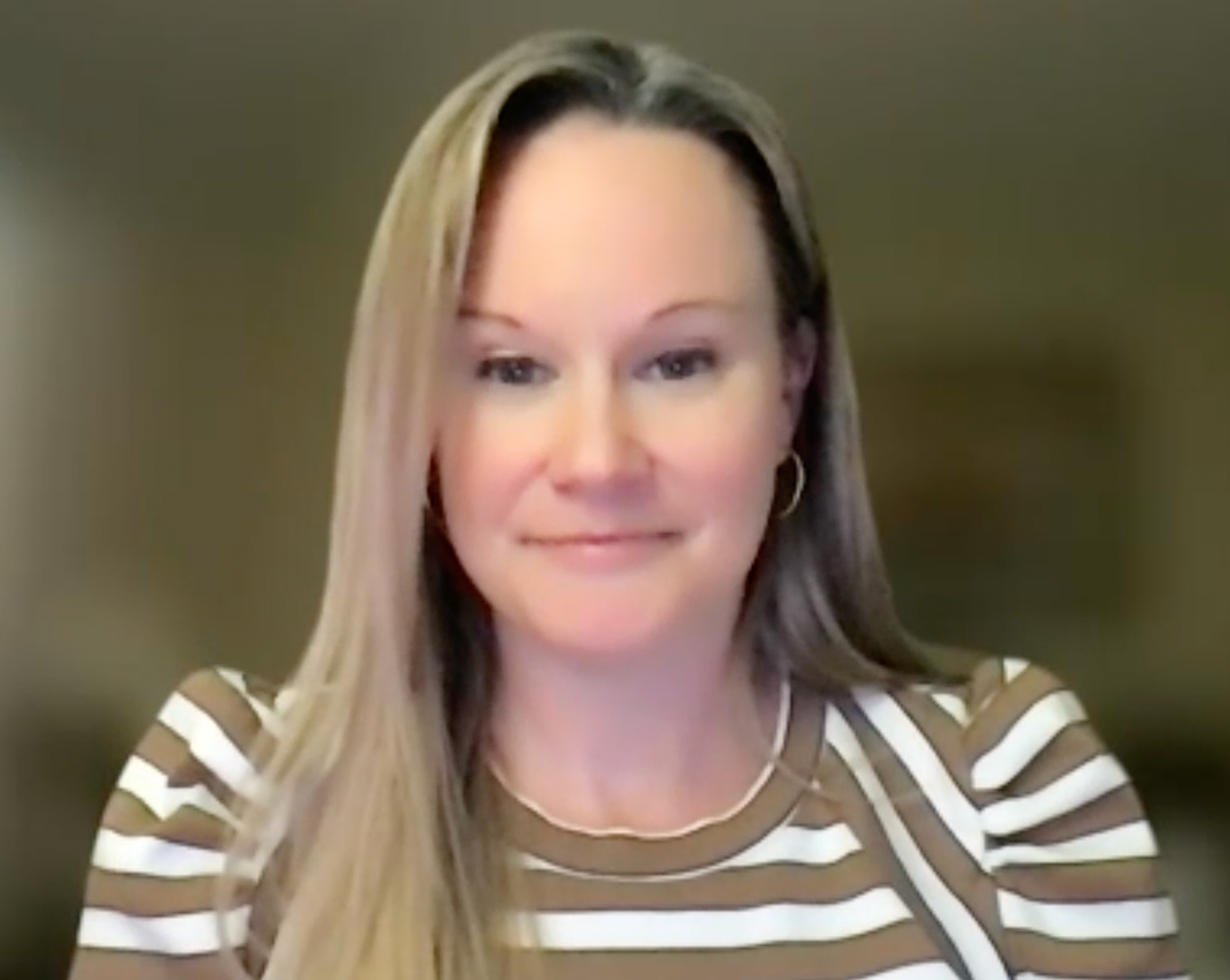Three years of COVID-19, three perspectives
To gauge how the pandemic has changed healthcare, Chief Healthcare Executive gathered insights from a hospital president, a nursing leader, and an infectious disease physician.
It’s now been more than three years since the arrival of the COVID-19 pandemic, and the healthcare industry has been fundamentally changed, forever.
To get a sense of the scope of the changes of the past three years, Chief Healthcare Executive® sought insights into the lessons of the pandemic from three perspectives.
We spoke with David Reich, president of Mount Sinai Hospital and Mount Sinai Queens; Amanda Bettencourt, president of the American Association of Critical-Care Nurses; and Dr. Katherine Baumgarten, an infectious disease physician with Ochsner Health.
From their varying roles, they shared their insights on the pandemic’s toll on hospitals, doctors and nurses, and the lessons to be learned in dealing with future emergencies.
David Reich, Mount Sinai
As president of Mount Sinai Hospital and Mount Sinai Queens, Reich served at ground zero of the emergence of COVID-19 in 2020.
David Reich, president of Mount Sinai Hospital and Mount Sinai Queens

“In some ways it feels like yesterday, and sometimes it feels like it almost never happened,” Reich says. “You know that it was almost like some kind of a dream that we had. Because things were so otherworldly and surreal at the time.”
Mount Sinai scrambled to get ventilators for patients and hustled to set up tents in Central Park to accommodate the influx of patients. He recalls the controversy because Mount Sinai welcomed help from Samaritan’s Purse, a conservative evangelical organization that delivered the tents.
“It was very clear that this was about saving lives,” Reich says.
“And they were literally doing in their view God's work, and in our view, the incredibly important work of extending the resources of our health system at a time when we were completely overextended,” he explains.
In the early, confusing weeks of the pandemic, Reich says Mount Sinai worked with elected officials and other partners to help patients.
“This was a time of incredible crisis,” Reich says. “Everything for everyone felt surreal, whether you were trapped in your home, or whether you were on the frontlines in the hospital, wondering whether you were going to catch a deadly illness. Everyone was in a very different state of mind.”
And he adds, “Maybe one of the positives … is that at the time of a crisis, you can do extraordinary things.”
While COVID-19 hasn’t disappeared, Reich says the pandemic “is definitely waning.” This week, he says fewer than 50 people in the Mount Sinai system had a positive COVID test, and some of those patients were admitted for other reasons.
Still, he says, COVID-19 is likely to persist as an endemic disease indefinitely.
“The important thing is that we have a new level of vigilance about just what a pandemic can do to us,” Reich says. “And hopefully, we've learned very important lessons about how we can use the resources at our disposal to create extra capacity, to figure out how to do the surging, how to do the level loading where we move patients around in the health system in the city.”
“All of this was really critically important to learn at the time, and a lot of improvisation at the time,” he adds. “But those lessons can be hard-wired, if we are good about that as a society and choose to learn those lessons.”
Still, physicians and nurses have been exhausted during the pandemic, and Reich says that is a critical challenge for all health systems.
“We find ourselves in a situation where staff wellness is something that has risen almost to the top of the list of things that we have to be concerned with,” he says.
The pandemic has led to the vast expansion of technology such as telehealth, hospital-at-home programs, and remote patient monitoring. Like many, Reich is hoping for permanent expansions of telehealth programs.
He would like to see regulatory changes so telehealth providers could work across state lines.
“I don't think a physician who's licensed in New York should be prohibited from providing care to someone in Connecticut,” he says.
Amanda Bettencourt, AACN
Amanda Bettencourt, president of the American Association of Critical-Care Nurses

Nurses have shouldered heavy burdens throughout the pandemic, says Bettencourt, the president of the American Association of Critical-Care Nurses.
“When I'm thinking about the good things that existed before the pandemic, I feel like those were so long ago. It feels like such a long time ago, where nursing looked the way it looked most of my career,” she says.
“And now it just looks so different.”
Health systems grappled with shortages of nurses before the arrival of COVID-19, but they have worsened considerably. Many nurses have left bedside roles in hospitals in the pandemic. An AACN survey last summer found that 36% of nurses who are considering leaving said they would do so in the next year. Hospitals around the nation say they have struggled to recruit and retain nurses.
Early in the pandemic, Americans hailed nurses and doctors as heroes. Bettencourt says nurses “have a complicated relationship with that label, hero.”
“Yes, we did some extraordinary things during the pandemic time, things that other people couldn't and wouldn't do. And we save lives. And we did all the things, but we also do those things all the time,” Bettencourt says.
“We do things that are heroic every day, but we don't want to do them without recognition for the skills and attributes that we bring to the table.”
Nurses are realizing that they deserve more recognition, she says. Nurses are looking for better pay, but they also need better working conditions, including more flexible scheduling and more paid time for professional development, she adds.
“We do things for others,” Bettencourt says. “But that means we also need things, too. And so I think that's the complicated relationship that employers and nurses or health systems and nurses are having after the pandemic, I don't think we figured out what equilibrium looks like just yet.”
More hospitals are trying to improve the working environment for nurses, she says.
“I think they're starting to, out of necessity, because we need nurses,” Bettencourt says. “We cannot run hospitals without nurses. So I think that because it is necessary to have nurses, hospitals are now looking around like it's a brand new problem and trying to figure out how to retain and recruit nurses. So they're trying. Do I think they're there yet? No.”
Some nurses who stepped away from the profession during the COVID-19 pandemic have been coming back.
But some nurses aren’t necessarily returning to their same roles. Nurses who worked in intensive care units are returning, but in other posts, such as procedural areas, she says.
“I think most nurses love nursing and want to help patients. And so you can only stay away from that for so long, without having this desire to go back,” Bettencourt says.
Given the high demands of the pandemic and a lack of staffing, young nurses have struggled to learn how to do the job, Bettencourt says.
Health systems should focus on providing training opportunities for newer nurses.
“I think there's a piece of extra special attention that needs to be paid to those who recently entered the profession, especially nurses, but other health care professionals,” she says.
Katherine Baumgarten, Ochsner Health
Katherine Baumgarten, infectious disease physician with Ochsner Health

An infectious disease physician with 25 years of experience, Baumgarten marvels at how much has changed since early 2020.
Even when little was known about COVID-19, Baumgarten says she quickly understood the gravity of the developing pandemic.
“I think I realized we weren’t ever going to be the same and we couldn’t contain it,” she says.
Baumgarten says she distinctly remembers the dread she felt when Dr. Anthony Fauci said in 2020 that the coronavirus could lead to 100,000 deaths.
“When I thought about that, it was staggering,” she recalls.
Today, more than 1 million Americans have died in the pandemic, including thousands of healthcare workers. While fewer people are dying, more than 1,700 Americans deaths were tied to COVID-19 during the week of March 15, according to the Centers for Disease Control and Prevention.
Now, she says, “We’re in the phase where we’re trying to work with it, maintain it and prevent further damage.”
Baumgarten laments the politics that emerged over masking, and while she understands individual choices, she says she wears her mask when she’s around patients and on a plane.
But she says she’s especially disheartened to see that so many Americans haven’t had the latest versions of the COVID-19 vaccines. Roughly 1 in 6 Americans (16.4%) have updated booster doses, according to the CDC.
“Vaccination is the first and primary preventative measure for COVID,” Baumgarten says. “I think it’s unfortunately an uphill battle at this point. A lot of people aren't open to changing their minds about COVID. There’s fatigue and post-traumatic stress involved.”
Baumgarten still gets emotional about a patient who died two weeks before the vaccine came out. “I know if she got the vaccine, she wouldn’t have died,” she says.
Looking forward, hospitals showed how nimble they could be during the COVID-19 pandemic. Hospitals made decisions quickly, and quickly adjusted if certain approaches weren’t succeeding. “Sometimes that would happen several times a day,” she recalls.
“We were very united initially, especially about taking care of patients, no matter what,” Baumgarten says. “It was very gratifying to see people step up.”
Ochsner rapidly expanded its telehealth program due to the pandemic. She says she expects more people are going to prefer to get care in their home, through telehealth or hospital-at-home programs.
While she says some patients will always want and need in-person treatment, Baumgarten says the pandemic “has changed the way we view technology in healthcare.”
At Ochsner, Baumgarten has seen a greater focus on improving the well-being of healthcare workers.
“We have more focus on wellness in our hospitals, on taking care of our employees, and taking care of each other, and resources dedicated to taking care of our employees,” she says. Still, staffing remains a big issue.
Baumgarten says she’s anxious to learn more about “long COVID”, where people experience symptoms for months, or longer. About 15% of Americans say they had symptoms of COVID-19 for three months or longer, according to CDC figures. She has friends who have had long COVID for months that have yet to fully recover.
“I hope that’s an area we can discover more,” she says.
Telehealth faces a looming deadline in Washington | Healthy Bottom Line podcast
February 12th 2025Once again, the clock is ticking on waivers for telemedicine and hospital-at-home programs. Kyle Zebley of the American Telemedicine Association talks about the push on Congress and the White House.